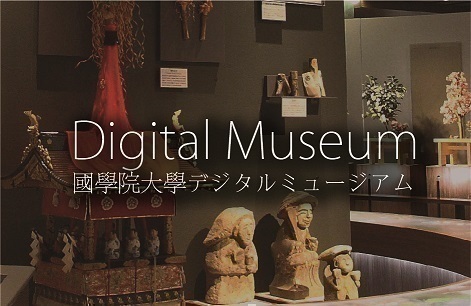- トップ
- Encyclopedia of Shinto
- Renmonkyō
Encyclopedia of Shinto
| Main Menu: | |
| Links: |
詳細表示 (Complete Article)
| カテゴリー1: | 8. Schools, Groups, and Personalities |
|---|---|
| カテゴリー2: | Modern Sectarian Groups |
| Title | Renmonkyō |
| Text | A Shinto-derived new religion founded by Shimamura Mitsu (1831-1904). Shimamura was saved from serious illness by one Yanagida Ichibei, who had studied what he called the "marvelous law of things" (myōhō no ji, an obvious reference to the "marvelous dharma (or 'law')" of the Lotus Sutra (Myōhō rengekyō). Shimamura became Yanagita's disciple, and after he died in 1877, she set up a religious center called the Ji no Myōhō Keishinsho in Kokura and began proselytizing activities. Problems occurred due to her method of faith healing, however, and the movement was forced to disband. This experience compelled her to legalize her activities, and in 1882 she moved to Tokyo where she set up the religious association Renmon Kōsha (Lotus Gate Confraternity), which she affiliated with the umbrella organization Shintō Taiseikyō. Shimamura herself progressed as far as attaining one of the leading ranks in the Taiseikyō organization. The central focus of Shimamura's activities was the performance of faith healing through the use of "holy water" and magical invocations, and since cholera was rife at the time, these activities brought her many new followers. The group also constructed a new headquarters called Renmonkyō Hon'in (Lotus Gate Teaching Head Temple). Such activities, however—in particular the use of "holy water"—aroused much social criticism, and Yorozu chōhō, a tabloid newspaper of the era waged a concerted campaign against the movement, delivering the group a serious blow. The Shintō Taiseikyō also disqualified Shimamura as head of the Renmonkyō. Shimamura died in 1904 and her movement's activities declined abruptly. A group led by her grandson Shimamura Senshū broke away from Shintō Taiseikyō and became affiliated with Shintō Honkyoku, taking the name Shintō Renmon Kyōkai. Thereafter it shifted its affiliation to Fusōkyō, but it failed to expand its numbers, and even the groups that remained within Shintō Taiseikyō gradually died out. A certain proportion continued their activities for a while after World War II, but there are currently no known groups from this movement still active. No address or other data available. — Yumiyama Tatusya |




